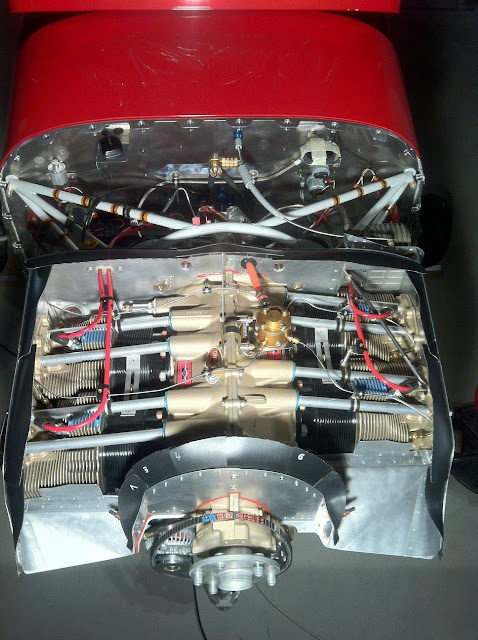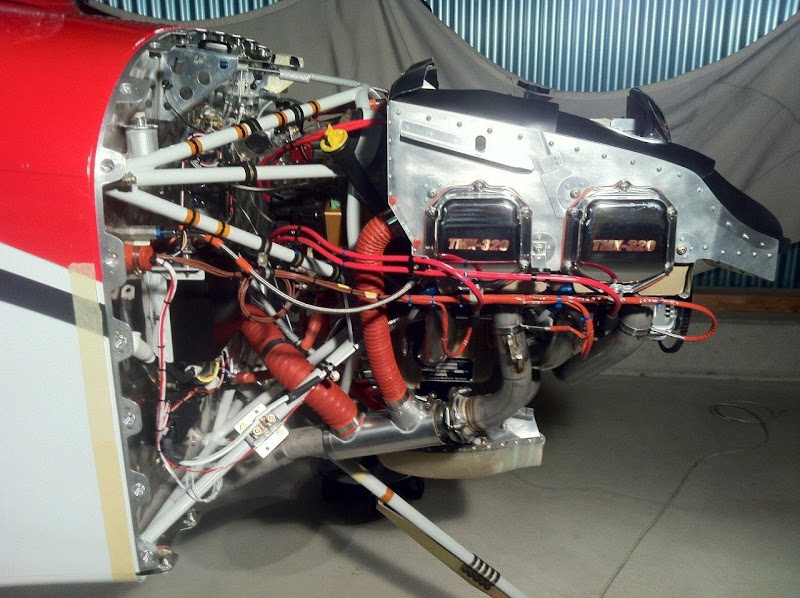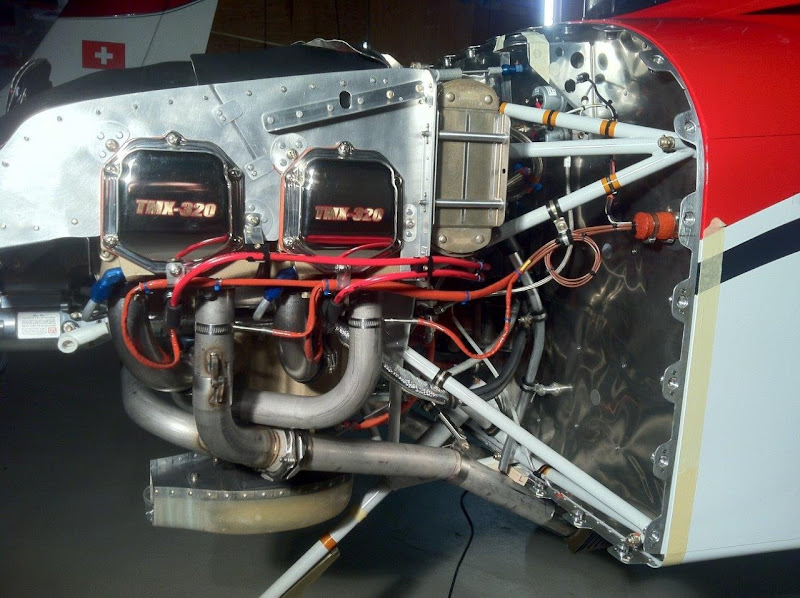swisseagle
Well Known Member
I’m short before the first engine run, what a task after 11 years of building!
Now the BIG question: What should be done to not harm the engine?
Mattituck TMX-IO-320, red gold
Roller tappet
AFS Fuel Injection
2x P-MAG
Sensenich metal FP
- Is there a Lycoming paper that describe this?
Otherwise I was thinking of this, but unsure:
- Drain anti rust oil, put a new oil filter on, refill with straight mineral oil (Phillips 20W50).
- Remove bottom spark plugs, drain any oil from the cylinder.
- Rotate propeller (x times?) to fill up the oil-system (filter, oil galley’s)?
- Check correct timing on the 2x P-MAG’s.
- Put in clean and proper gaped spark plugs.
- Purge the oil-pressure-line up to the pressure sensor?
- Purge the fuel pressure line up to the pressure sensor?
- Disconnect fuel line at the throttle body, flush fuel system with el. fuel pump, reconnect line.
- Fully charge the battery.
- As last step, connect the starter back again.
For sure also this:
- Put chocks under the wheel’s.
- Prepare fire extinguisher.
- Instruct ground crew.
- Mentally go thru engine start sequence.
- … wake up the engine and enjoy
Did I missed something?



The pictures are not brand new. In the mean time, the FWF section is finished, prop and spinner are on
Now the BIG question: What should be done to not harm the engine?
Mattituck TMX-IO-320, red gold
Roller tappet
AFS Fuel Injection
2x P-MAG
Sensenich metal FP
- Is there a Lycoming paper that describe this?
Otherwise I was thinking of this, but unsure:
- Drain anti rust oil, put a new oil filter on, refill with straight mineral oil (Phillips 20W50).
- Remove bottom spark plugs, drain any oil from the cylinder.
- Rotate propeller (x times?) to fill up the oil-system (filter, oil galley’s)?
- Check correct timing on the 2x P-MAG’s.
- Put in clean and proper gaped spark plugs.
- Purge the oil-pressure-line up to the pressure sensor?
- Purge the fuel pressure line up to the pressure sensor?
- Disconnect fuel line at the throttle body, flush fuel system with el. fuel pump, reconnect line.
- Fully charge the battery.
- As last step, connect the starter back again.
For sure also this:
- Put chocks under the wheel’s.
- Prepare fire extinguisher.
- Instruct ground crew.
- Mentally go thru engine start sequence.
- … wake up the engine and enjoy
Did I missed something?



The pictures are not brand new. In the mean time, the FWF section is finished, prop and spinner are on
Last edited:




